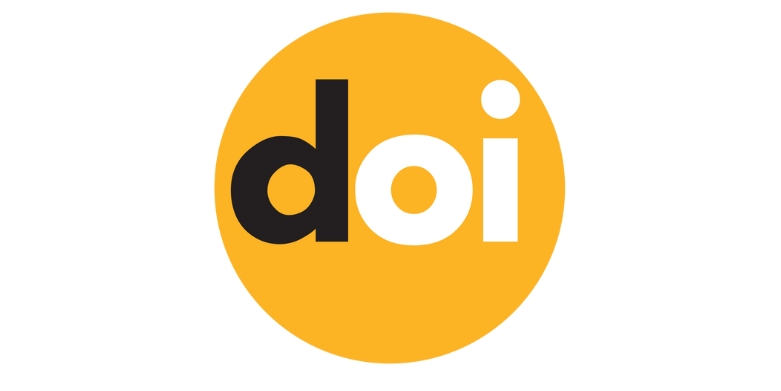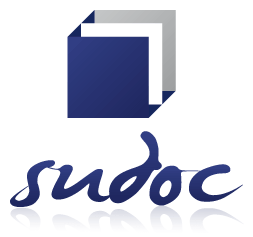Electrochemical Measurement of Platinum Drug Using Carbon Paste Electrode Modified with Silver Nanoparticles and Modifier
DOI:
https://doi.org/10.63053/ijhes.85Keywords:
Silver Nanoparticles, Platinum, Graphene,Modified ElectrodeAbstract
This paper used a carbon paste electrode modified with graphene functionalized with silver nanoparticles and triphenylphosphine to measure the drug Platinol. Raman, Fourier Transform Infrared Spectroscopy (FTIR), and Scanning Electron Microscope (SEM) techniques were used to study the behaviour of Platinol. The electrochemical behavior of platinum on a carbon paste electrode modified with silver nanoparticles and 4-Hydroxy-2-(Triphenylphosphine) was analyzed. Differential Pulse Voltammetry (DPV) in the concentration range of 1-120 μM was linearized in two ranges of 1-20 μM and 20-120 μM, and the detection limit of 0.88 μM was obtained. The effects of disturbing on different species were studied to determine the selectivity. The platinum measurement method was used with the mentioned electrode in actual samples.
References
-Vinay Kumar, Abul K. Abbas, Nelson Fausto, Nelson Fausto. Robbins & Cotran Pathologic Basis of Disease. Chapter 7, 7th Ed.
-Kinzler KW, Vogelstein B (2002) Genetic Basis of Human Cancer. McGraw-Hill.
-Kurzrock R, Talpaz M (1999) Molecular Biology in Cancer Medicine. Pearson Education, Harlow.
-Lakshmi MS, Sherbet GV (1997) Genetics of Cancer: Genes Associated With Cancer Invasion, Metastasis and Cell Proliferation. Academic Press, London.
-McDonald F, Ford CHG (1997) Molecular Biology of Cancer. Springer-Verlag New York, Incorporated.
-Iran's generic drugs dictionary, Dr. Heshmati, 2007.
-Optimizing the synthesis method of the cisplatin anticancer drug, Roya Kiani Anbohi, Ahmad Sharifizadeh, Sakineh Meftah, National Conference on New Findings of Chemistry in Industry and Medicine, 2007.
Downloads
Published
How to Cite
Issue
Section
License
Copyright (c) 2024 Authors

This work is licensed under a Creative Commons Attribution 4.0 International License.
The journal is licensed under a Attribution 4.0 International (CC BY 4.0).
You are free to:
- Share — copy and redistribute the material in any medium or format for any purpose, even commercially.
- Adapt — remix, transform, and build upon the material for any purpose, even commercially.
- The licensor cannot revoke these freedoms as long as you follow the license terms.
Under the following terms:
- Attribution - You must give appropriate credit , provide a link to the license, and indicate if changes were made . You may do so in any reasonable manner, but not in any way that suggests the licensor endorses you or your use.
- No additional restrictions - You may not apply legal terms or technological measures that legally restrict others from doing anything the license permits.












